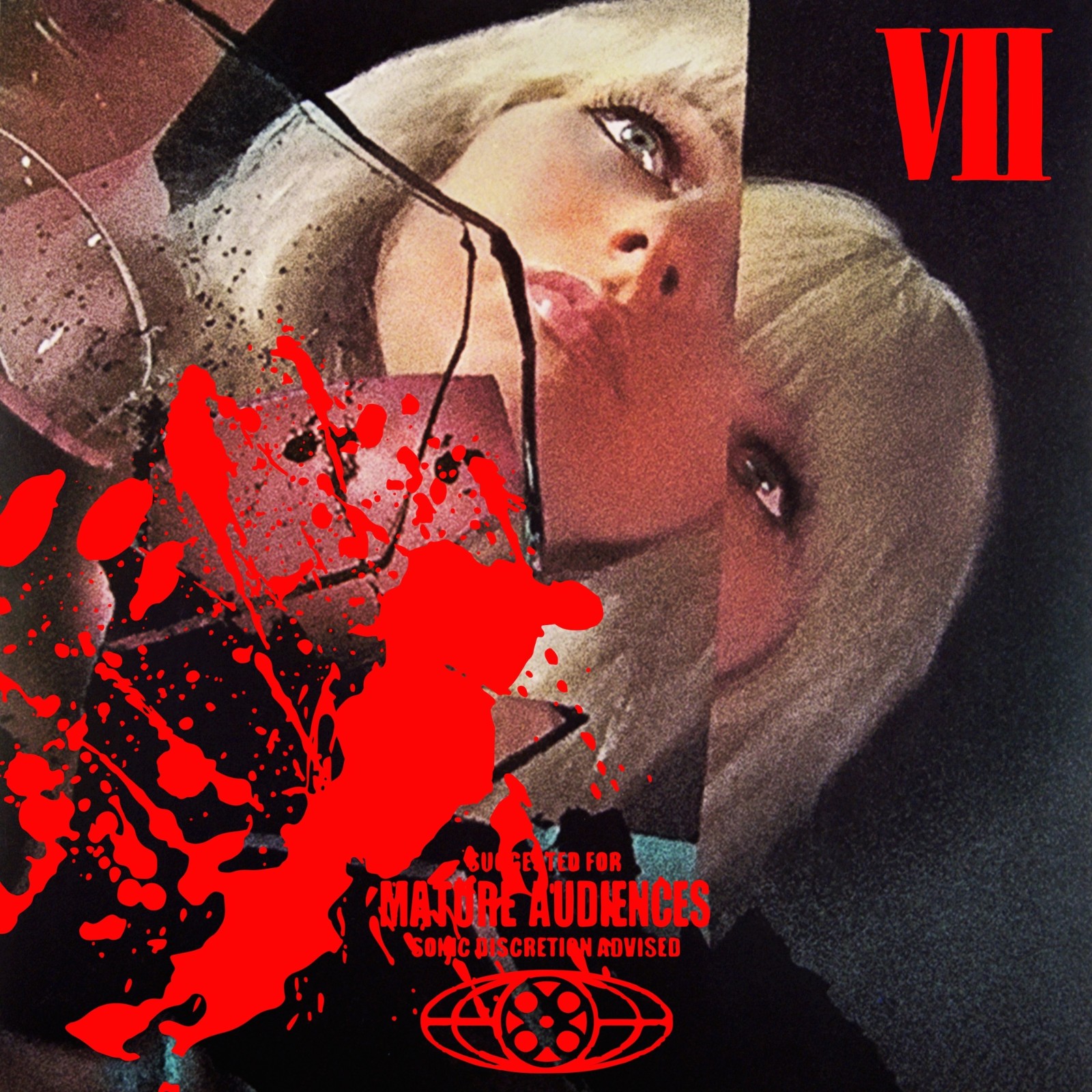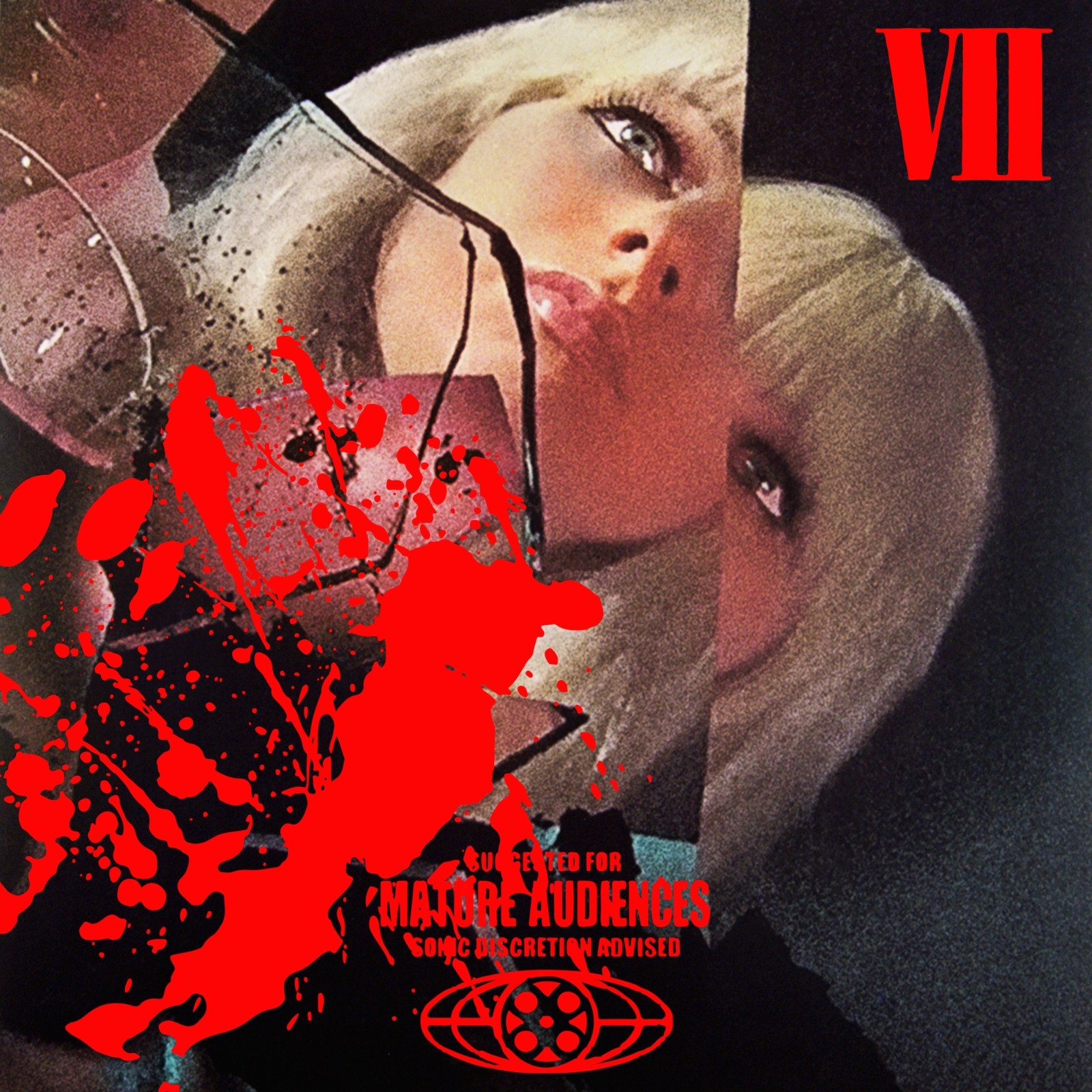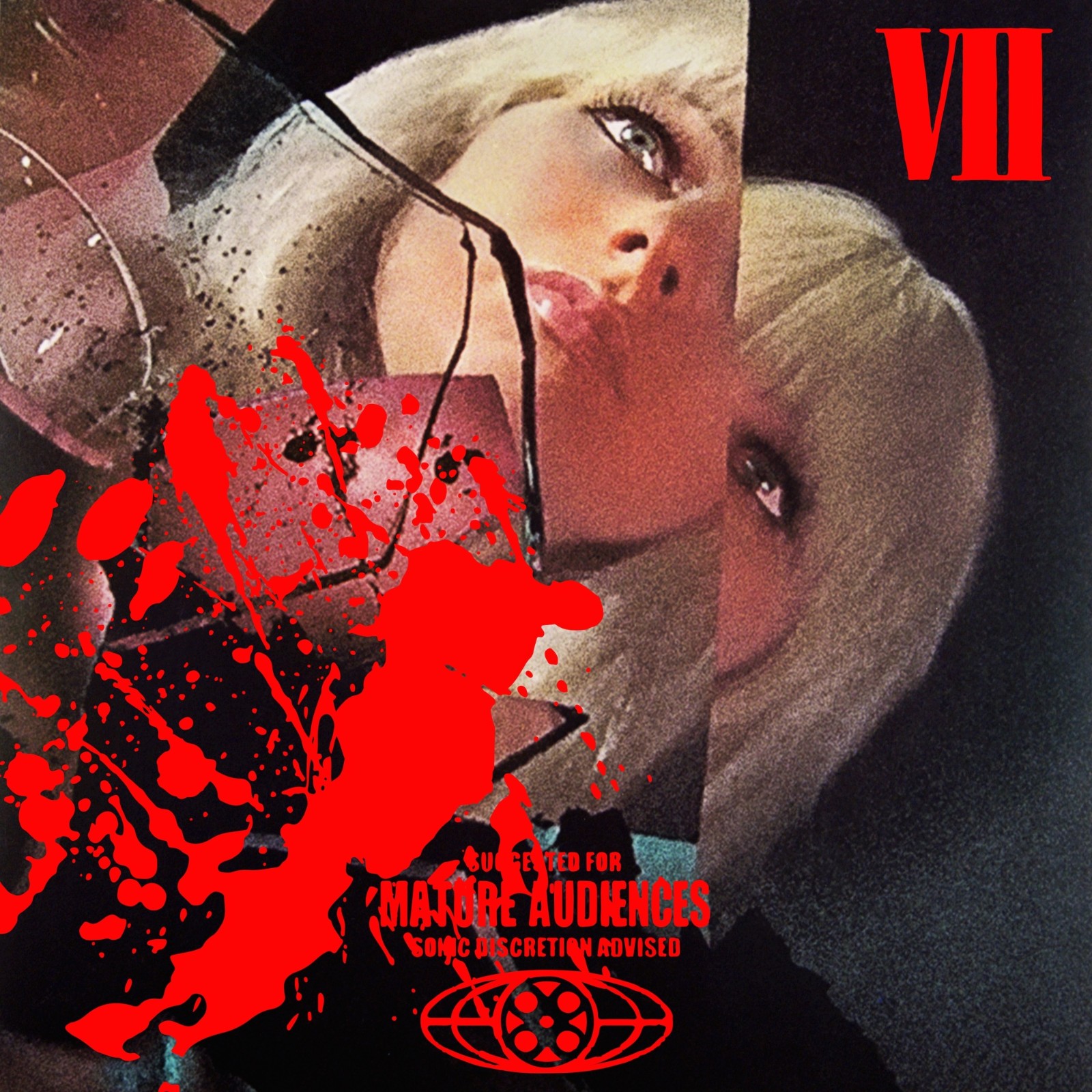Chromatics
| 基本信息 | |||
|---|---|---|---|
| 姓名 | Chromatics | 别名 | 暂无 |
| 国籍 | 美国 | 出生地 | |
| 语言 | 英语 | 性别 | 组合 |
| 生日 | 星座 | ||
| 身高 | 体重 | ||
美国Portland的电子乐团Chromatics,承袭了早期的的合成器流行,来自美国西雅图的Chromatics被推为"新Italo Disco运动“的领军人物。2012年,在全新专辑《Kill for Love》中营造的梦幻电子之声被描述为“一个过去、现在和未来的温暖冲撞。”
by Johnny Loftus
Seattle's Chromatics were originally a quartet featuring vocalist Adam Miller, drummer Hannah Blilie, guitarist Devin Welch, and bassist Michelle Nolan. That lineup debuted in 2002 with a Calvin Johnson-produced 7" on Gold Standard Laboratories -- a split with Die Monitr Batss -- and followed with the similarly GSL-issued Chrome Rats vs. Basement Rulz LP. The sound? Sloppy post-punk revisionism channeled through Pacific Northwest indie rock. Guitars squiggled aggressively; the bass slapped and popped over drums that dealt disco its death blows. There was plenty of shrill open space.
While Chrome Rats was critically hailed, the Chromatics couldn't keep it together, and Miller was soon the only member in good standing (Blilie, Welch, and Nolan went on to form the similar-sounding Shoplifting). Unworried, Miller added guitar and drum programming to his vocal duties and tapped bassist Nat Sahlstrom for the 2003 GSL 7" Ice Hatchets. That was followed by the February 2004 full-length Plaster Hounds (which featured the percussion work of Get Hustle's Ron Avila), and a repositioning of the Chromatics axis to greater reflect its dub and no wave influences. A full U.S. tour followed that spring.
While Chrome Rats was critically hailed, the Chromatics couldn't keep it together, and Miller was soon the only member in good standing (Blilie, Welch, and Nolan went on to form the similar-sounding Shoplifting). Unworried, Miller added guitar and drum programming to his vocal duties and tapped bassist Nat Sahlstrom for the 2003 GSL 7" Ice Hatchets. That was followed by the February 2004 full-length Plaster Hounds (which featured the percussion work of Get Hustle's Ron Avila), and a repositioning of the Chromatics axis to greater reflect its dub and no wave influences. A full U.S. tour followed that spring.
by Johnny Loftus
Seattle's Chromatics were originally a quartet featuring vocalist Adam Miller, drummer Hannah Blilie, guitarist Devin Welch, and bassist Michelle Nolan. That lineup debuted in 2002 with a Calvin Johnson-produced 7" on Gold Standard Laboratories -- a split with Die Monitr Batss -- and followed with the similarly GSL-issued Chrome Rats vs. Basement Rulz LP. The sound? Sloppy post-punk revisionism channeled through Pacific Northwest indie rock. Guitars squiggled aggressively; the bass slapped and popped over drums that dealt disco its death blows. There was plenty of shrill open space.
While Chrome Rats was critically hailed, the Chromatics couldn't keep it together, and Miller was soon the only member in good standing (Blilie, Welch, and Nolan went on to form the similar-sounding Shoplifting). Unworried, Miller added guitar and drum programming to his vocal duties and tapped bassist Nat Sahlstrom for the 2003 GSL 7" Ice Hatchets. That was followed by the February 2004 full-length Plaster Hounds (which featured the percussion work of Get Hustle's Ron Avila), and a repositioning of the Chromatics axis to greater reflect its dub and no wave influences. A full U.S. tour followed that spring.
While Chrome Rats was critically hailed, the Chromatics couldn't keep it together, and Miller was soon the only member in good standing (Blilie, Welch, and Nolan went on to form the similar-sounding Shoplifting). Unworried, Miller added guitar and drum programming to his vocal duties and tapped bassist Nat Sahlstrom for the 2003 GSL 7" Ice Hatchets. That was followed by the February 2004 full-length Plaster Hounds (which featured the percussion work of Get Hustle's Ron Avila), and a repositioning of the Chromatics axis to greater reflect its dub and no wave influences. A full U.S. tour followed that spring.
 加载评论内容,请稍等......
加载评论内容,请稍等......
















